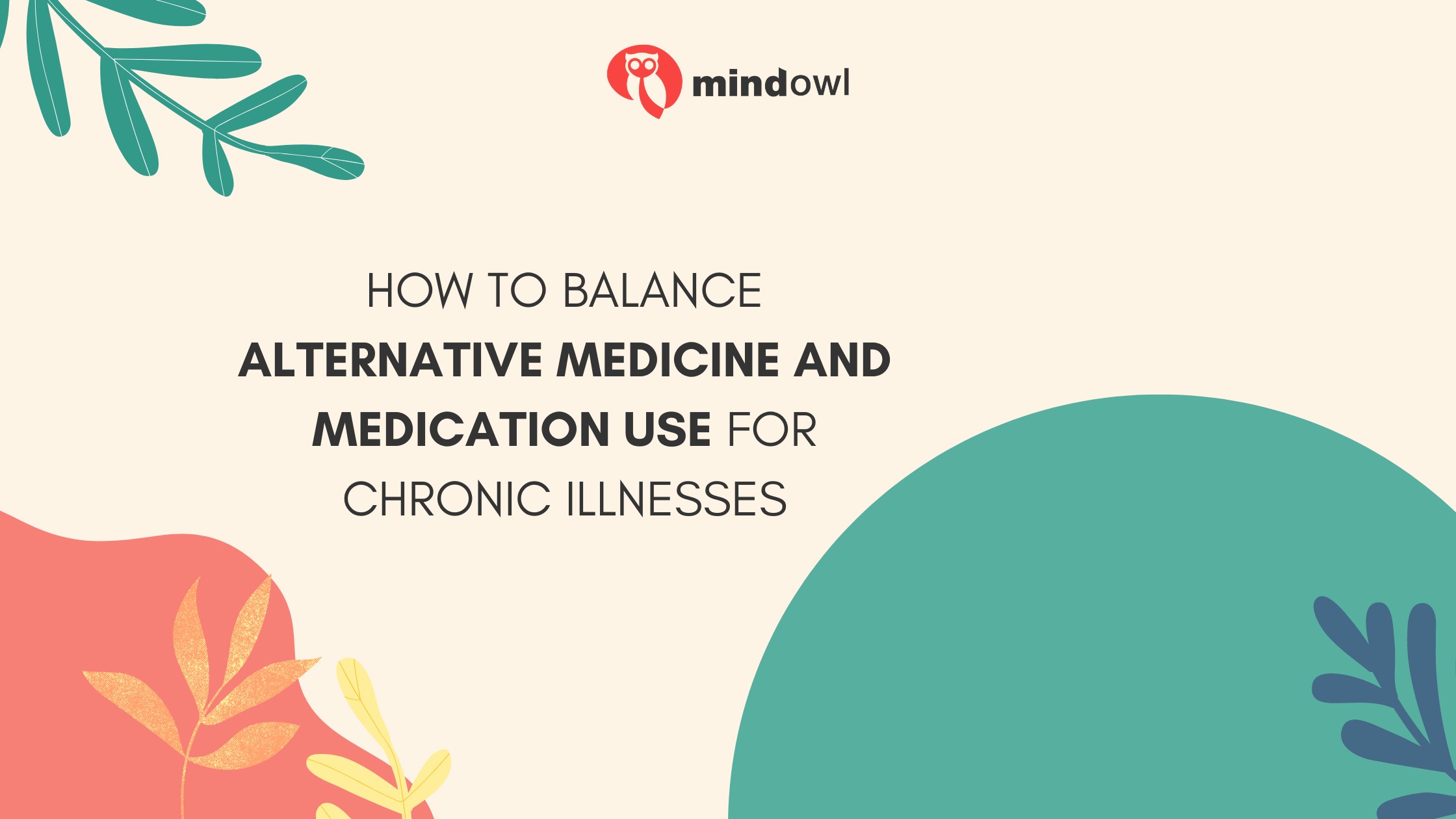
Image Source: Unsplash
Medication can do wonders for your health, but so can alternative medicine. Adding alternative medicine to your medication routine could even increase the benefits of your pills.
However, we want to stress that the term “alternative medicine” doesn’t imply that a treatment doesn’t work. It just means that this alternative option isn’t often found in traditional “Western” medicine, yet offers you plenty of benefits.
For example, meditation isn’t often prescribed for stress management by doctors but has been shown to reduce stress very effectively.
With that said, you should never stop taking your medication without consulting your doctor first. For additional information on related health topics, including chronic illnesses, consider reading about the wegovy lawsuit, which involves claims of stomach paralysis and other side effects from weight loss drugs. This article looks at how to marry alternative medicine and medication for a holistic approach.
3 Ways to Balance Alternative Medicine With Medication
Navigating the crossroads of alternative medicine and traditional medication can be tricky.
Here are three practical ways to bring harmony to your health routine without compromising on care.
1. Make Appropriate Dietary Choices for Increased Health Resilience
When you’re managing a chronic illness, every aspect of your lifestyle counts, particularly what you eat. Studies show that there’s a strong relationship between nutrition and the immune system. Not only that, but a healthy diet can lower your risk of all-cause mortality.
Here are some things you should do to lead a healthier lifestyle:
- Incorporate Omega-3 Fatty Acids: These healthy fats can fight against inflammation.
- Add Fiber-Rich Foods: Fiber controls blood sugar and aids in digestion.
- Antioxidant Powerhouses: Antioxidants support your cells’ battle against damage.
While making these dietary changes, don’t forget the impact they could have on how your body responds to medication; it’s always worth discussing with a healthcare provider. Also, if you want to use a medication like Ozempic, for example, check if what you’re eating could impact your Ozempic lawsuit eligibility should you develop one of the medication’s side effects.
Matching the right drugs with your specific health needs requires careful consideration and consultation with a healthcare professional. Patients often decide to buy medications online because it broadens their access to treatments while allowing them to compare options conveniently. However, ensuring the authenticity and quality of these medications is vital to avoid potential risks. This approach, paired with professional guidance, helps individuals manage their conditions effectively and safely.
2. Use Simple Yoga Poses to Improve Muscle and Joint Pain
Living with muscle and joint pain can be a daily struggle, but integrating yoga into your routine may provide some much-needed relief. Roughly 21% of adults in the U.S. suffer from chronic pain, and an increasing number are turning to yoga for a non-pharmaceutical solution.
Here are some poses you can try to start your yoga journey:
- Child’s Pose: A gentle stretch that eases tension on the back muscles.
- Mountain Pose: This stance works wonders by improving posture and balance.
- Warrior II: Try this pose to strengthen both your legs and core.
These poses represent more than physical postures; they’re part of a graceful method to approach body pains holistically. After you create a yoga routine that’s sustainable for your lifestyle, you’ll eventually notice that your muscles and joints won’t hurt as much.
3. Try Meditating 3 Minutes a Day to Reduce Stress
In the hustle of daily life, stress can creep up on you almost unnoticed. Yet, tackling this silent disrupter can be as simple as a three-minute meditation break every day. Believe it or not, short sessions of meditation have been found to reduce anxiety and help us feel more in the now.
Here’s how you can easily weave this practice into your routine:
- Find Your Spot: Choose a quiet corner that’s free from interruptions.
- Set a Timer: Begin with a three-minute countdown and go up from there.
- Focus on Breath: Focus on your breathing as you inhale and exhale.
When your anxiety feels too much, and you need to find a quick way to relax, meditation can be your savior. As you keep meditating, you may be able to perform walking meditation. With walking meditation, you can feel instant stress relief without needing to sit down.
It’s Possible to Manage Pain Caused by Chronic Illness
As you’ve journeyed through these actionable strategies, remember that your path to well-being is uniquely yours. Whether it’s stretching into a yoga pose, pausing for a meditative break, or choosing the right foods for your plate, each small step is a leap toward better health.
Don’t let another day pass in discomfort or stress; embrace these practices and feel the difference they make. Even small changes can do wonders for your overall health. Your body and mind are worth this investment—start today and unlock a more resilient, vibrant you!
MindOwl Founder – My own struggles in life have led me to this path of understanding the human condition. I graduated with a bachelor’s degree in philosophy before completing a master’s degree in psychology at Regent’s University London. I then completed a postgraduate diploma in philosophical counselling before being trained in ACT (Acceptance and commitment therapy).
I’ve spent the last eight years studying the encounter of meditative practices with modern psychology.

